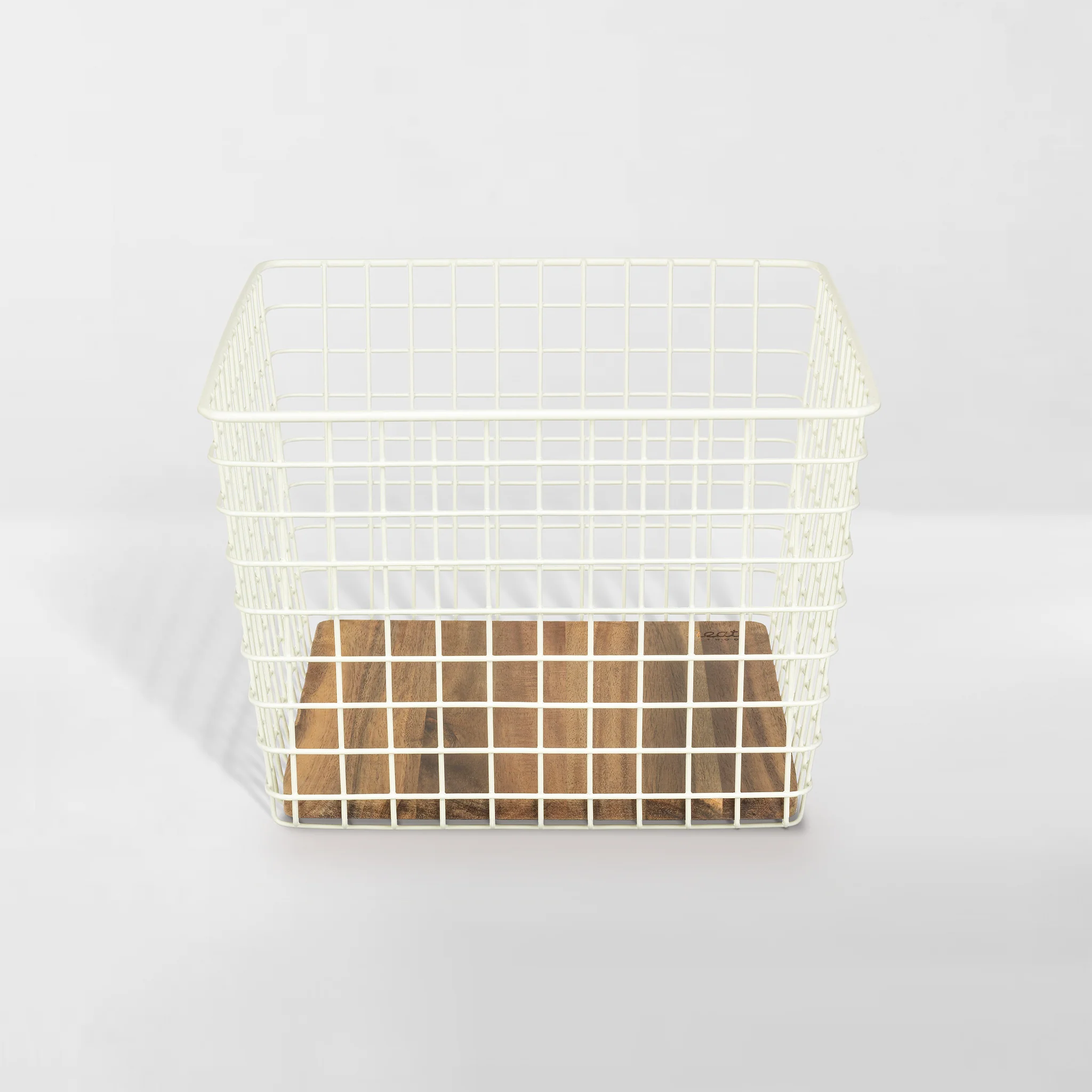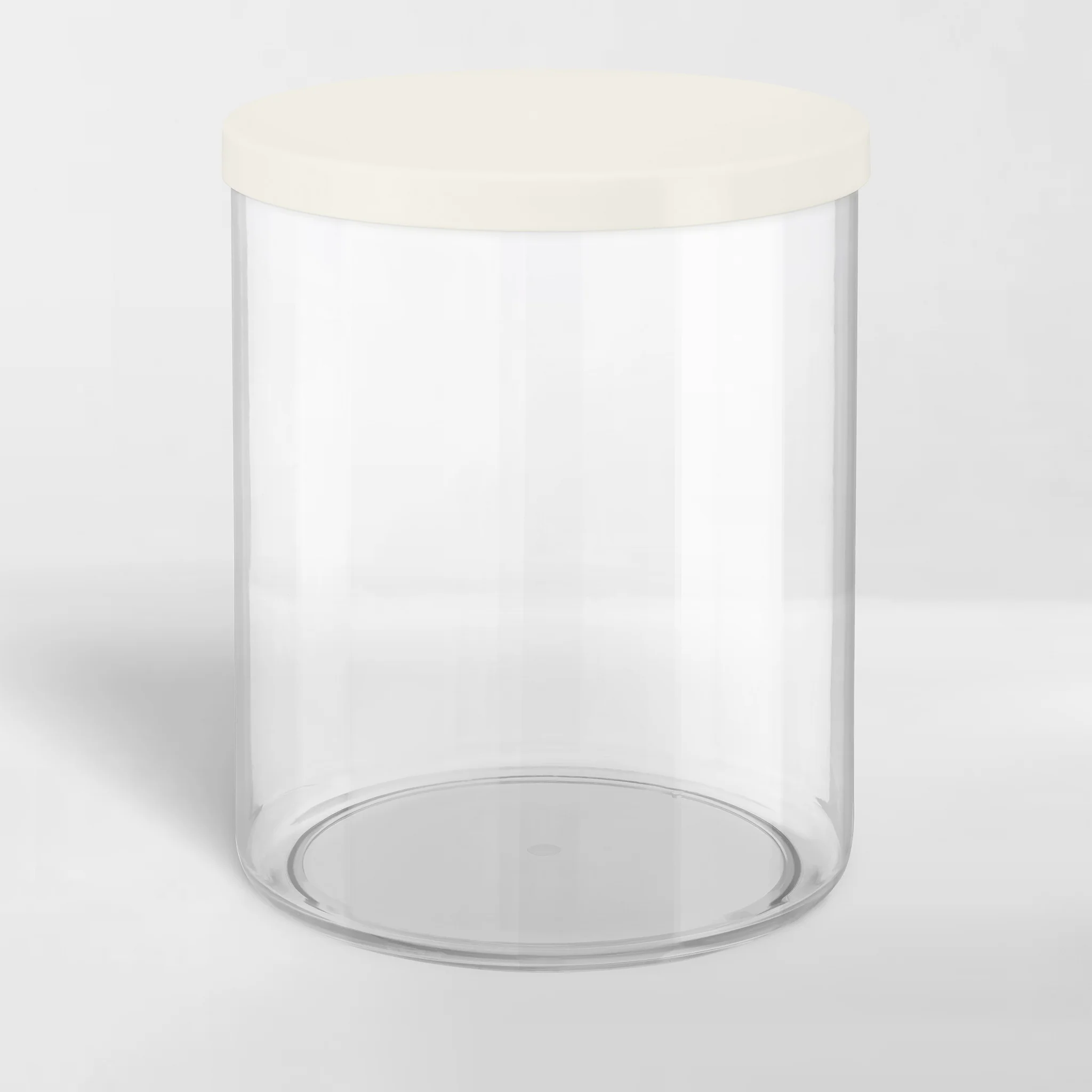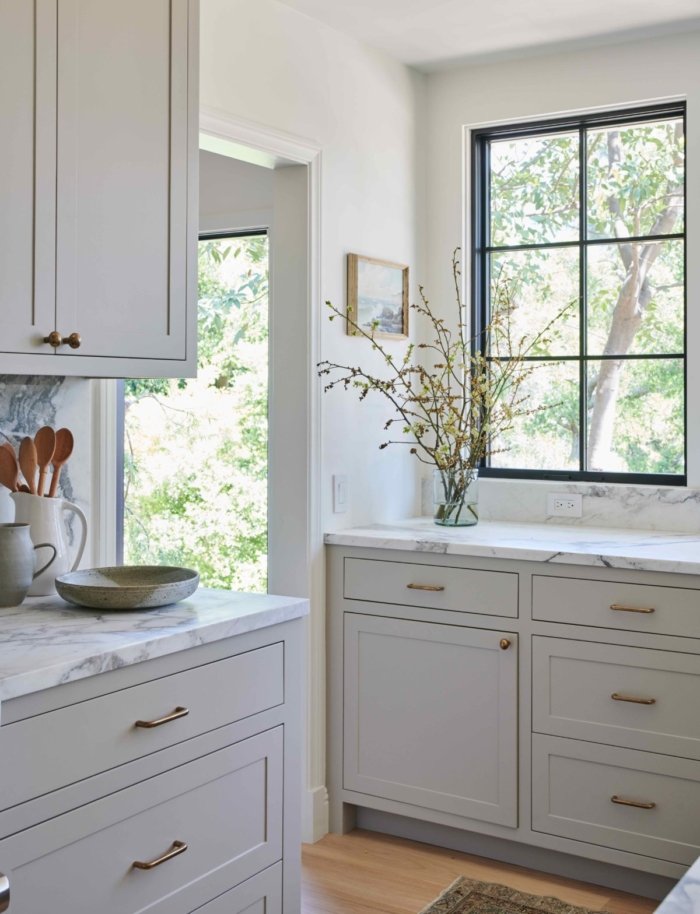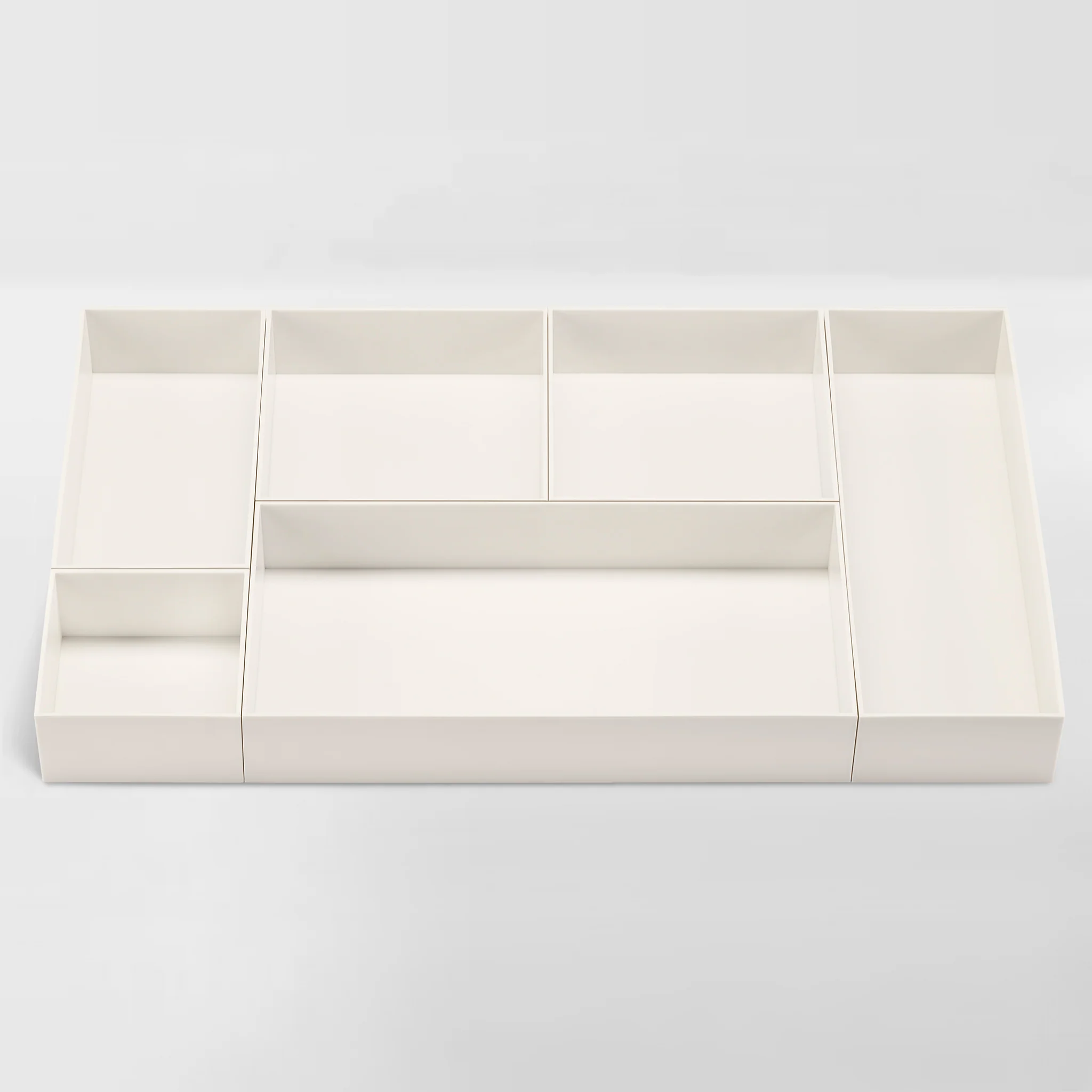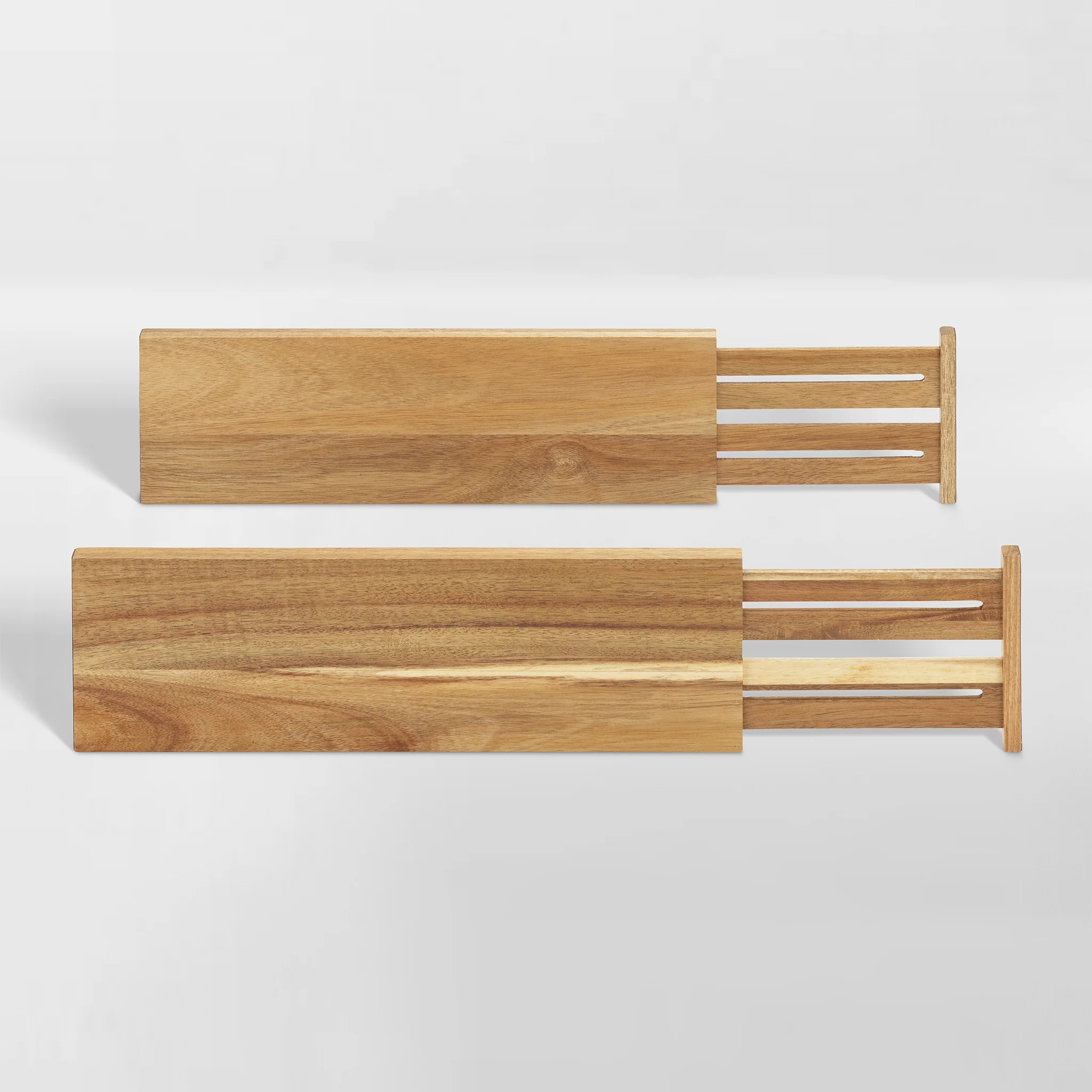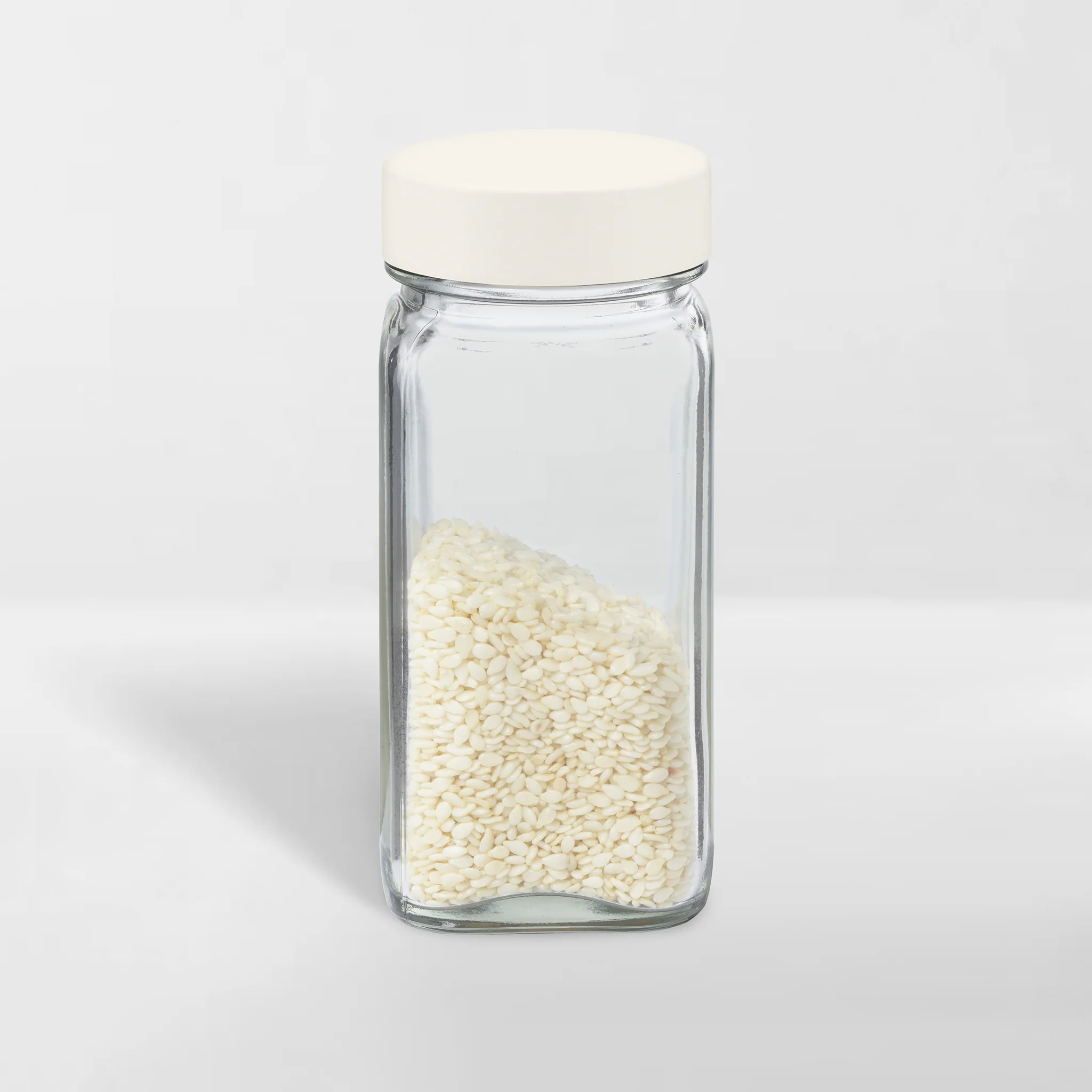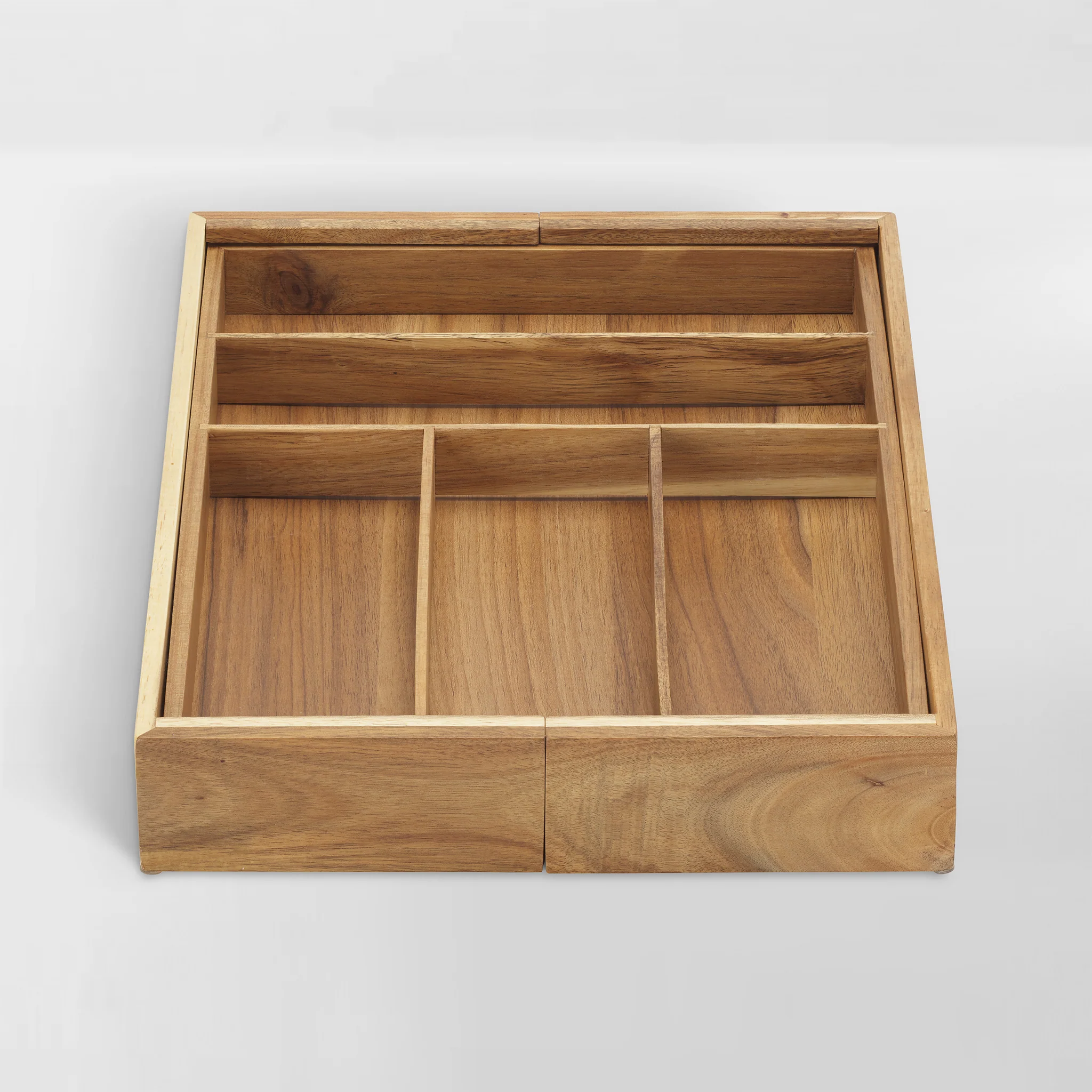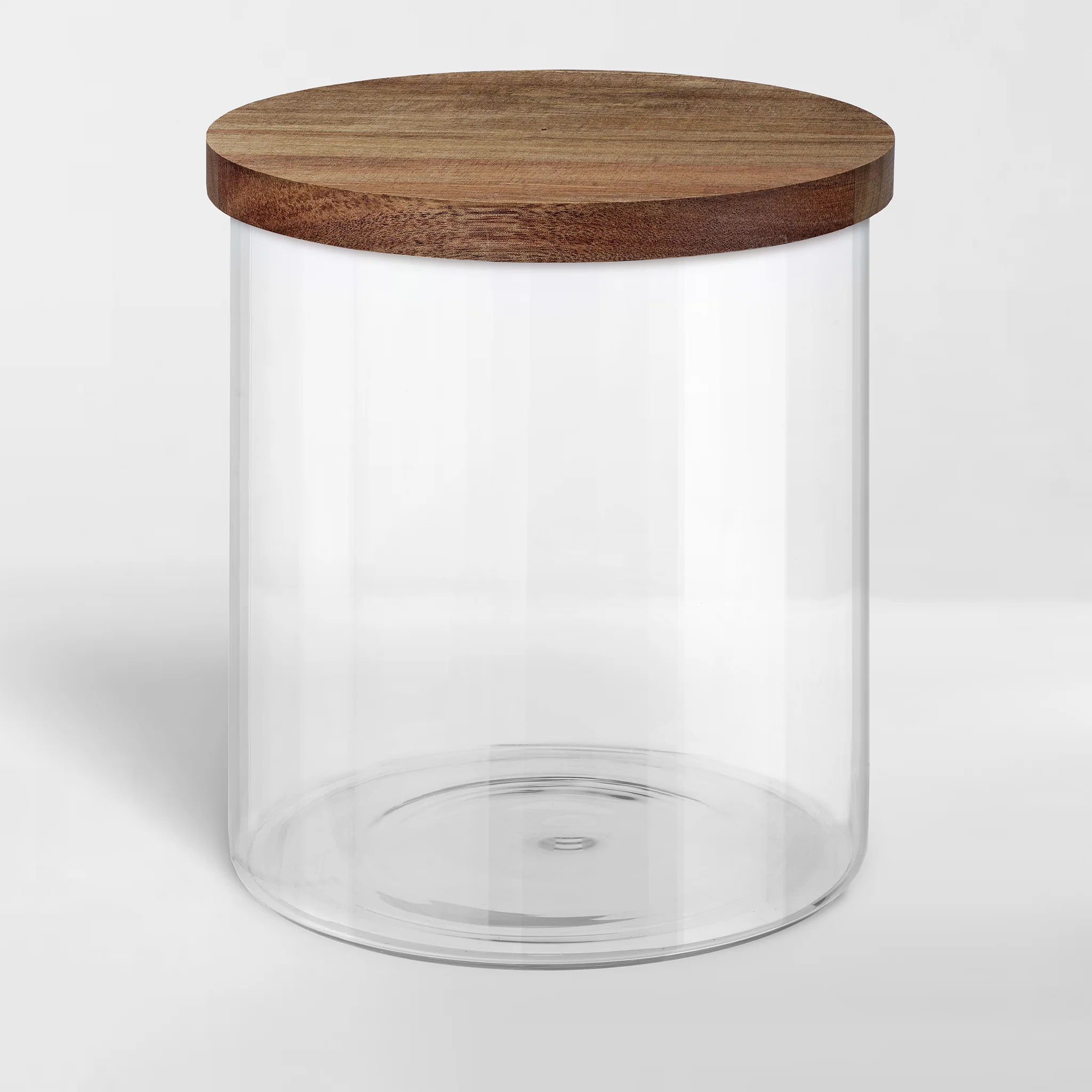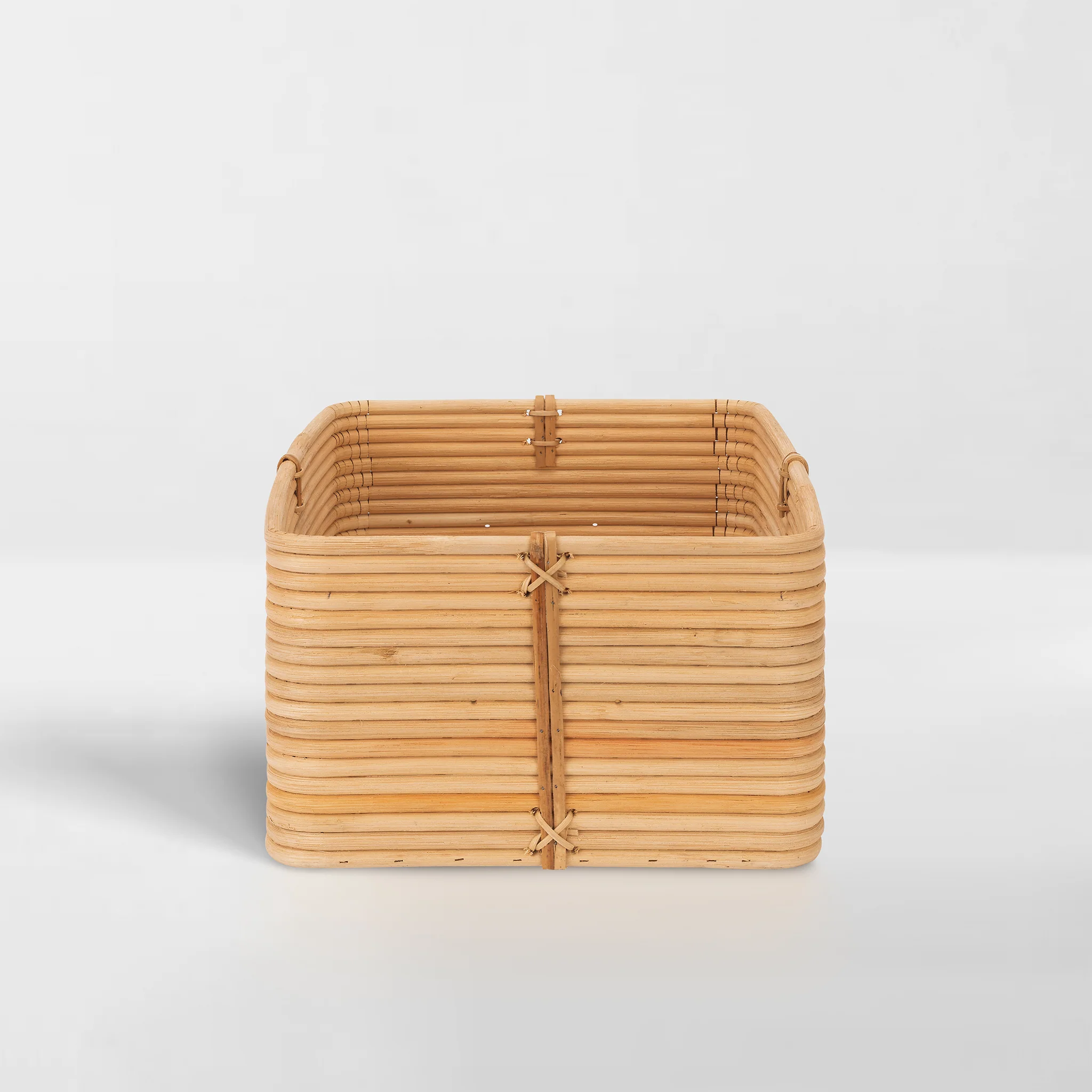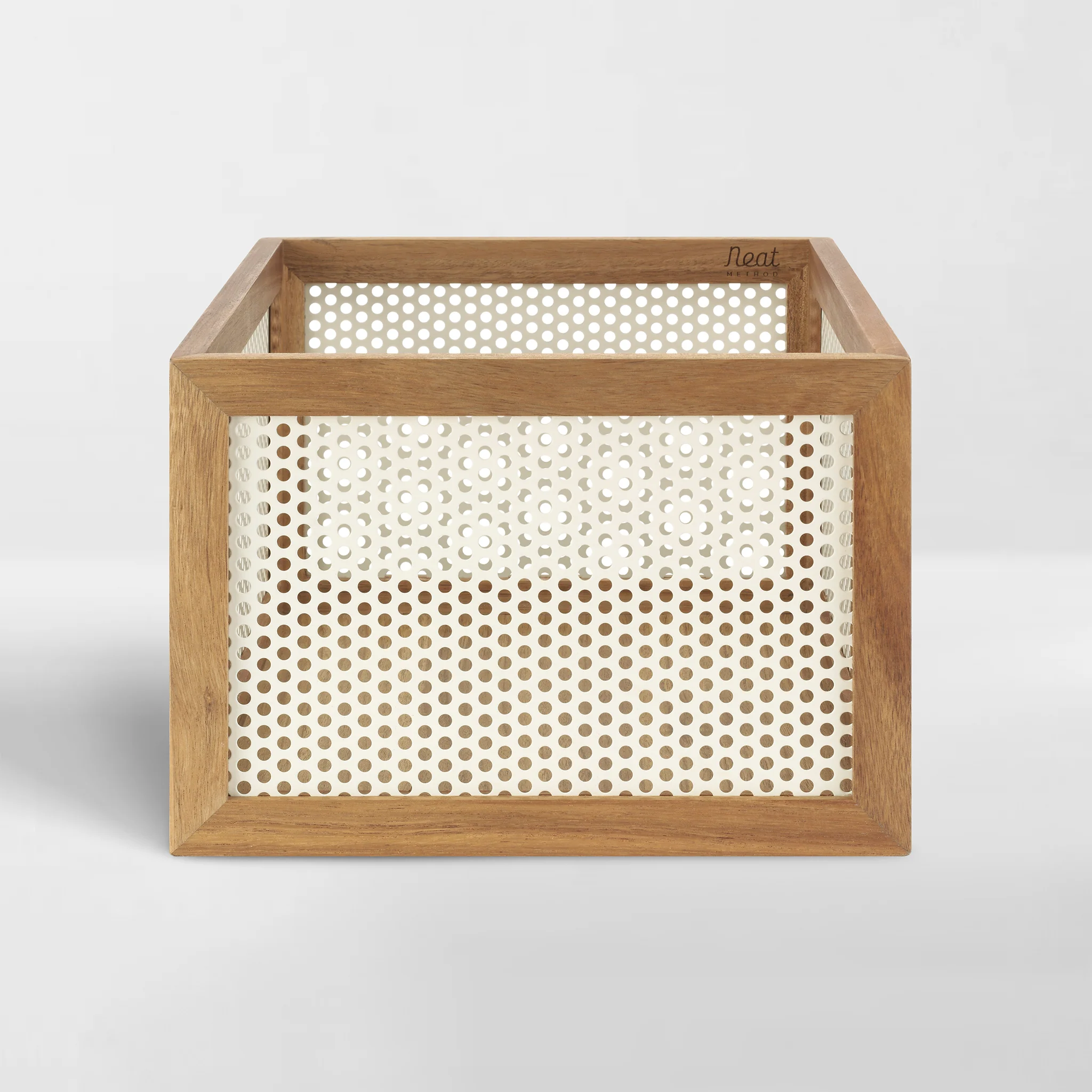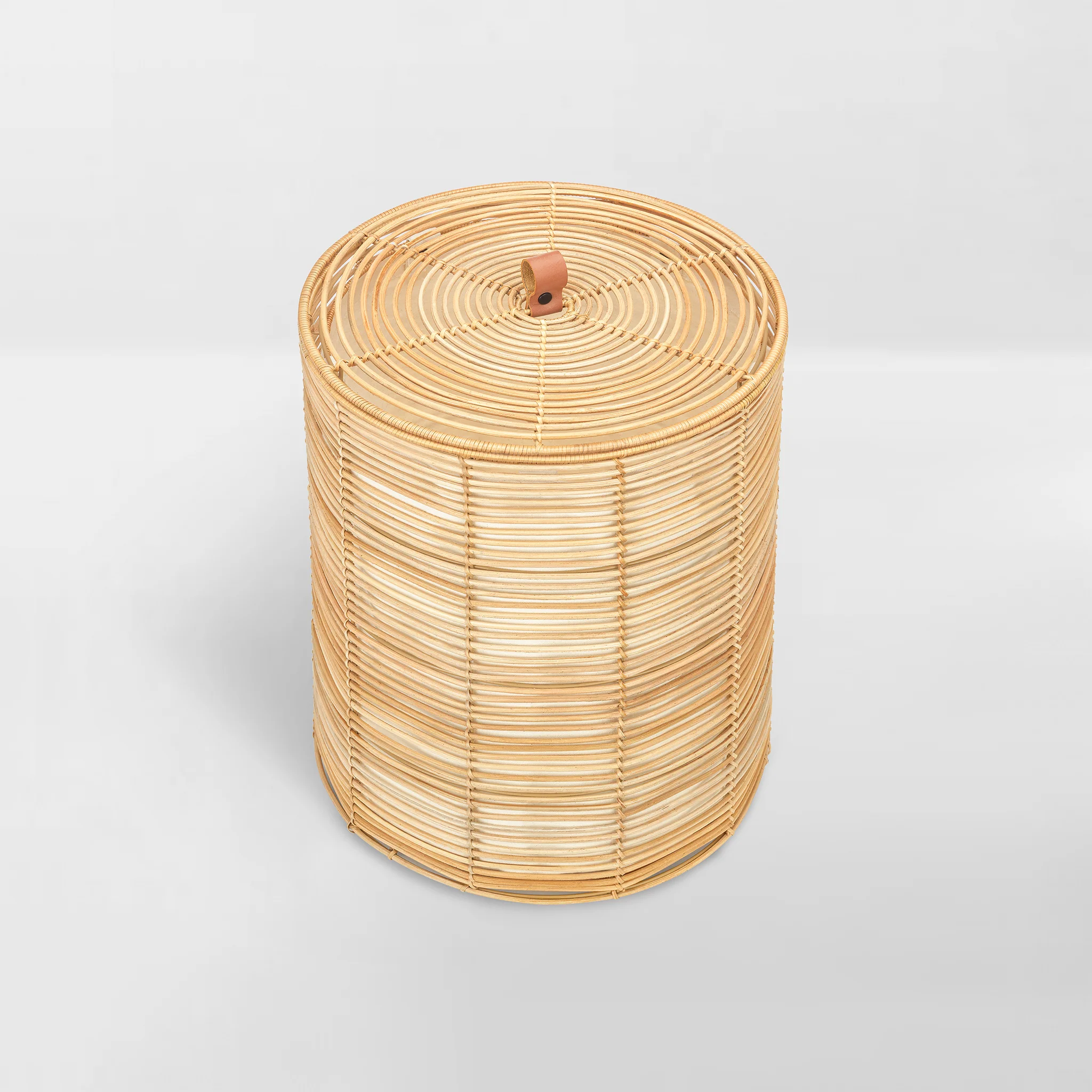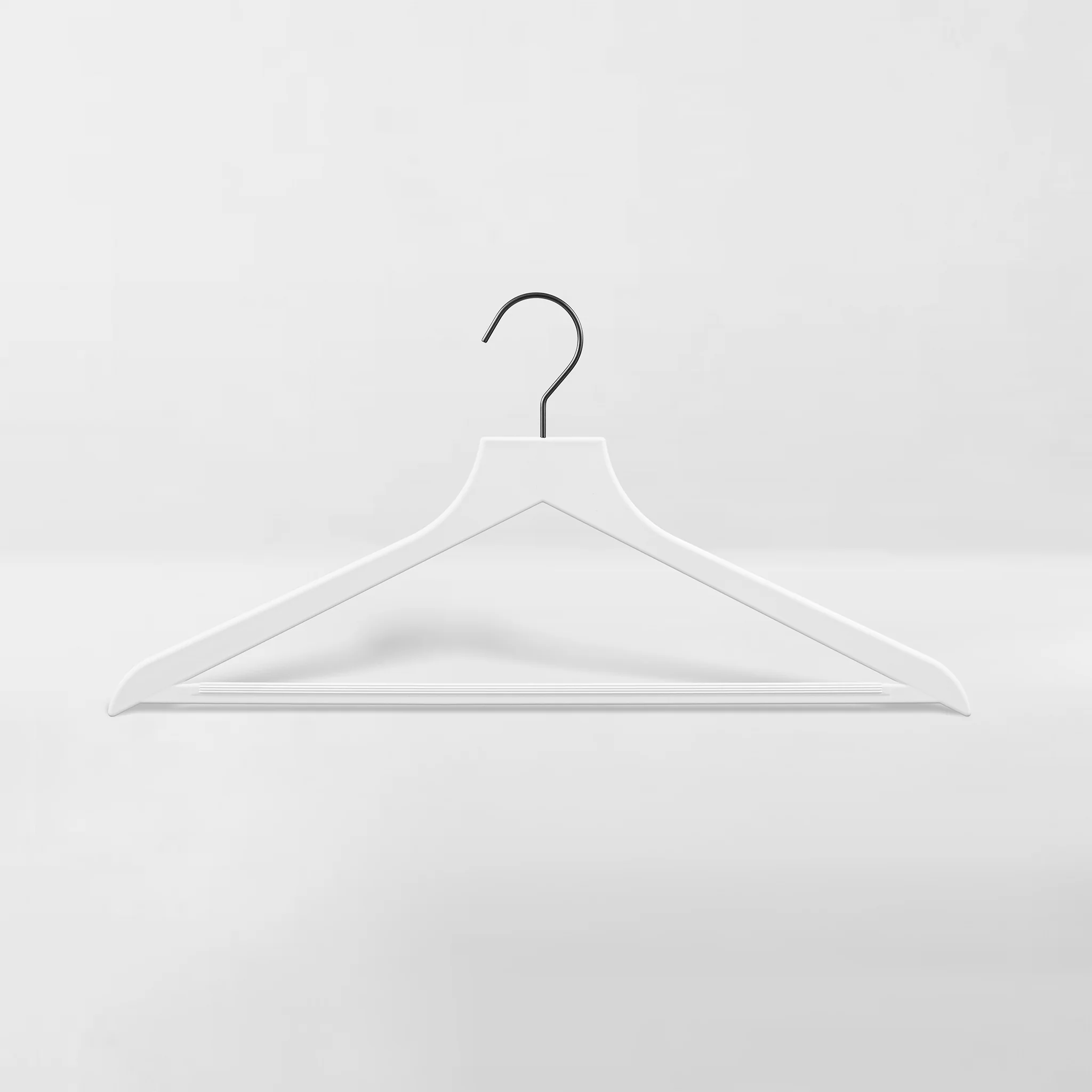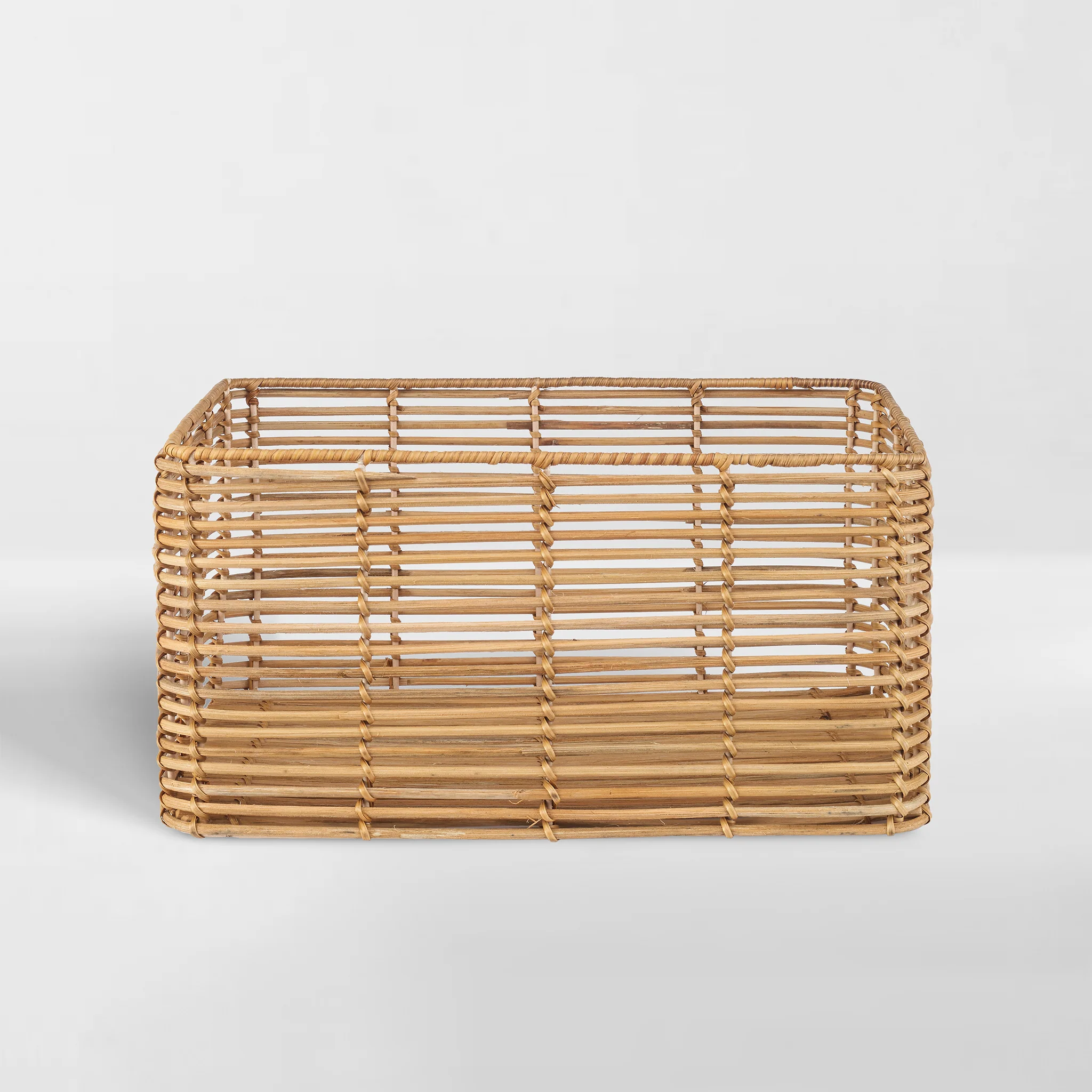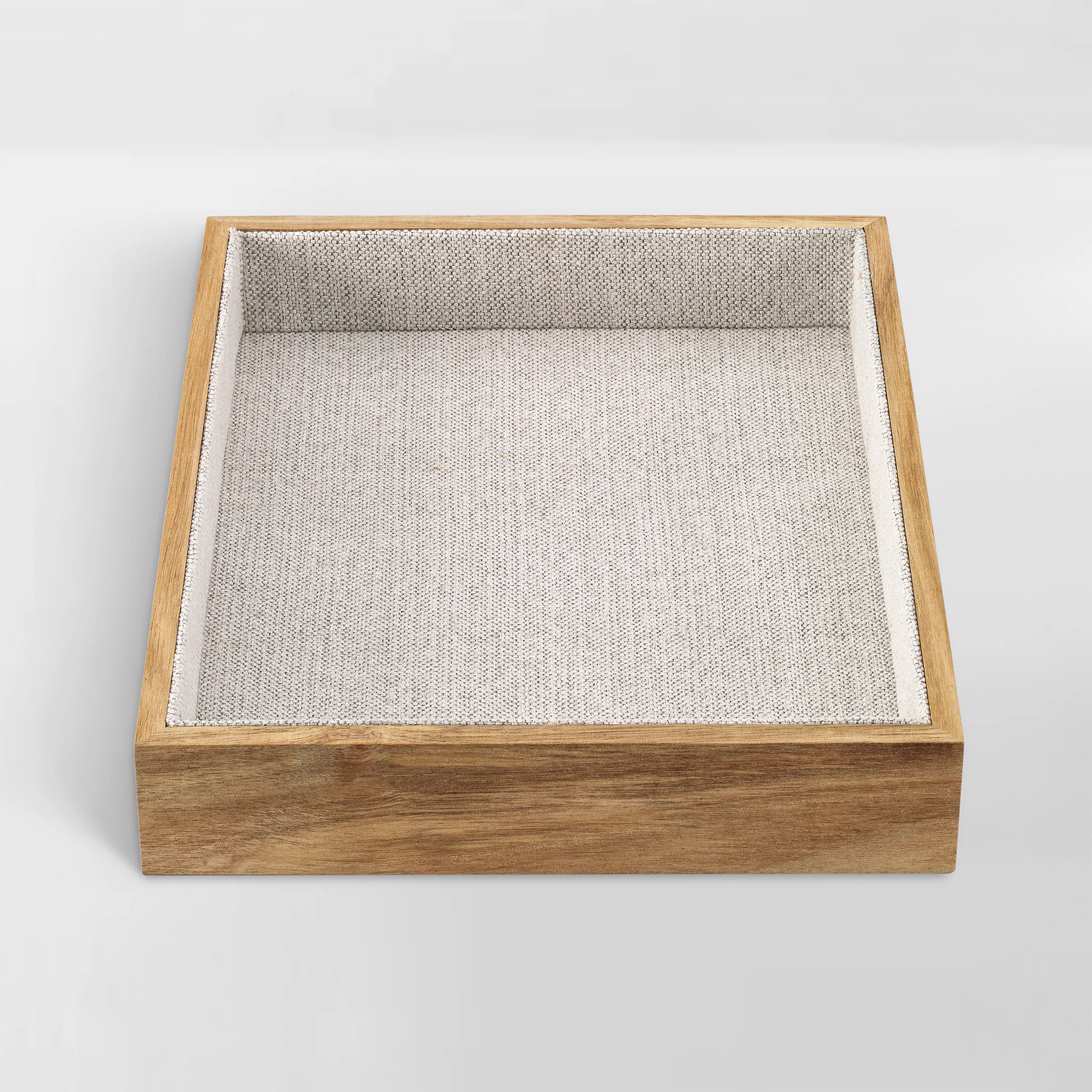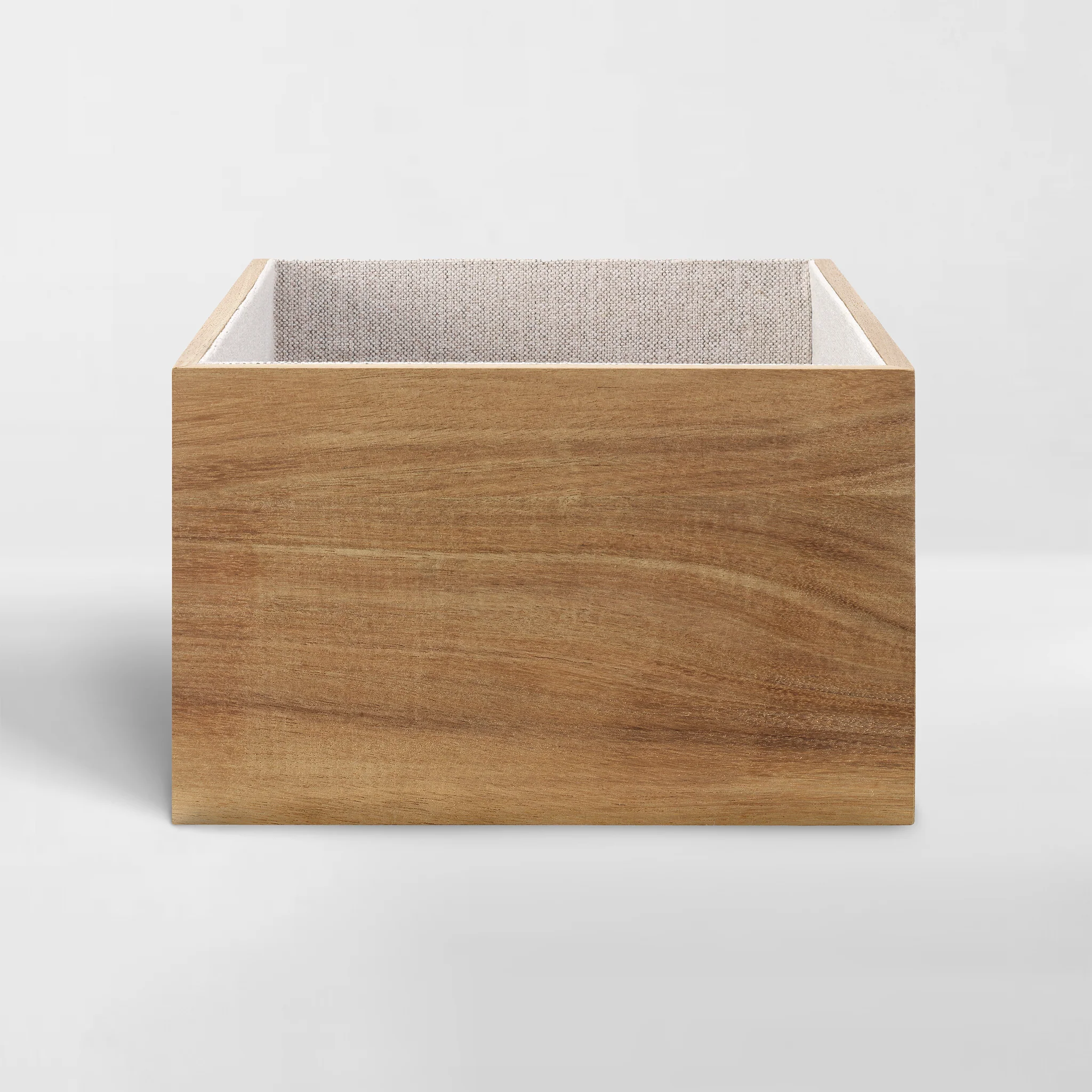Get Organized This Spring
Get Organized This Spring
Start fresh this spring with our spring organizing challenge! A brand new version of our organizing challenge is back, revamped, and ready to guide you as you transform your home this spring. Say goodbye to clutter and hello to calm— we’re here with all the tips and products you’ll need to kick off spring on the right foot. Embrace the new season with a revitalized approach to home organization, complete with daily expert tips and inspiration that aligns with our easy-to-follow calendar. Each week has a dedicated focus area of the home with daily, plus get doses of expert advice and inspiration. This spring, we're honing in on four key areas of the home: Pantry, Kitchen, Bath & Laundry, and Closet - spaces we all have and use every day.
Ready to transform your home and lifestyle? Here's how to join in:
Dedicate each week to a particular focus and daily categories using our tips, tricks and recommendations. We also provide a quick 10-minute fix for busy days.
Download the calendars. We’ve also included a weekly worksheet to help you stay on track.
Stay updated for ongoing tips and motivation!
Keep in Mind Throughout the Process
If the day's project doesn't apply to you, check out our alternate suggestions.
Prep for the week ahead and take time to reflect and rest. Use Saturday and Sunday to catch-up on any missed days.
Week 1: Pantry
Expert Tip It's easy for items to get lost when your pantry is overstocked. Next time you're shopping, keep your available space in mind and only purchase what you have room to store.
Monday: Snacks
In this category- nuts, crackers, dried fruit, bars, etc.
10 min fix: Separate by type and contain in individual baskets as needed.
Tuesday: Breakfast
In this category- cereal, oats, granola, pancake mix
10 min fix: Toss expired items and donate any unopened dry goods you no longer want to a local food bank.
Wednesday: Dinner
In this category- pasta, grains, taco shells, canned goods
10 min fix: Utilize a riser for canned goods to provide a quick visual and prevent overbuying.
Thursday: Baking
In this category- flour, sugar, sprinkles, cake mix
10 min fix: Place baking staples in labeled canisters for easy access and to keep an eye on stock.
Friday: Condiments
In this category- spreads, sauces, oils, vinegars
10 min fix: Implement turntables by condiment type to make use of awkward corners.
Our Favorite Pantry Organizing Essentials
Week 2: Kitchen
Monday: Tabletop
In this category- glassware, dishes, flatware, serving
To declutter & organize-
Edit out any unwanted or un-needed items. Get rid of any chipped or broken items.
Have enough of a supply to host a small dinner party.
Group “like” items together, organize by style and size, and merchandise your supplies with the goal of simplicity, symmetry and consistency.
Everyday items should be placed within close proximity to the dishwasher.
Store special occasion items away- don’t give these items prime real estate unless “styled” into a vignette.
Use drawer inserts for flatware.
Tuesday: Cooking Tools
In this category- all cooking tools and utensils
To declutter & organize-
The goal is to have mostly clear, uncluttered and styled countertops.
Take everything you can off the countertops and into a drawer or containment system, especially for functional cooking tools. Countertop crocks/utensil holders can hold cooking utensils if there is not enough drawer space.
If possible, separate small (typically prep tools) and large (typically cooking utensils).
Use a system to divide the different categories of tools and utensils, like spatulas, whisks, spoons, tongs, etc. This can be done using a combination of drawer inserts and/or drawer dividers.
It’s crucial for everything to have a home so that meal prep and cooking is an enjoyable experience.
Wednesday: Cookware
In this category- pots and pans
To declutter & organize-
Take all pots and pans out of your cabinet and/or drawers and categorize by type.
Identify any items that do not fall into the category, and re-home it.
All cookware should be stored within close proximity to cooking appliances, like the stove and oven.
This is a good opportunity to give the drawers and cabinets a deep clean. Vacuum, spray and wipe down.
Lids can often be a frustration point for this category’s organization. If you are able to, match the lid with the pot/pan. Another option is to store lids upright using a divider/stand, dependent on whether your drawer is deep enough or your cabinet is tall enough.
Try different angles and positioning to ensure your pots and pans fit in the best possible arrangement.
Thursday: Food Storage
In this category- pots and pans
To declutter & organize-
Make sure all food containers have matching tops and bottoms. Discard, donate, and repurpose any that don’t.
If there are any that don’t close or work properly, this is the opportunity to discard, donate and repurpose, too.
The same goes for any that you don’t use anymore. For example, are your kids grown and no longer use the lidded snack trays? Give to a family member or friend who could use them.
Try to consolidate food containers and food wraps either in the same drawer/cabinet, or right next to one another.
Friday: Spices
In this category- spices
To declutter & organize-
Decide whether you would like to decant spices, or if that’s not something that appeals to you.
Decanting spices into uniform jars with labels provide a powerful visual consistency.
If you don’t want to decant your spices, we suggest buying the same brand and size every time, which will provide the same result.
Spices can be stored in a drawer with an insert (should be located in your “cooking zone”), within a cabinet (also in your “cooking zone”), or on a pantry shelf.
For the cabinet or pantry shelf, we prefer using a turntable over a riser as we find those are much easier to access.
Mark expiration dates on the bottom of the spice bottle using a white label and sharpie marker. Once you have used up the current supply and need to refill, you can use an alcohol wipe to clear away the old expiration date and mark the new one.
Buying in bulk and/or online will prevent you from purchasing unnecessary and ultimately wasted spice containers.
Our Favorite Kitchen Organizing Essentials
Week 3: Bath + Laundry
This week is all about transforming everyday spaces into zones of calm and efficiency.
Expert Tip Repurpose any torn or stained linens for cleaning by separating them into a bin labeled "Rags."
Monday: Towels
In this category- everyday, guest, hand towels, washcloths
To declutter & organize-
Edit stained and/or mismatched towels. They can be repurposed for cleaning and other dirty jobs.
Perfect the towel fold. Though seemingly insignificant, it unknowingly can impact your day in a positive way by having uniform neatly stacked piles of towels and linens when you access them. Small, compounded positive experiences add up throughout the day.
Stack either neatly on a shelf or upright in a bin. The latter option is often better suited for smaller hand and face towels.
If using a bin, be sure to add a label so everyone in your household is on the same page.
10 min fix: Provide boundaries by placing smaller items like hand towels and washcloths into soft sided bins.
Tuesday: Medicine
In this category- cold, flu, pain, prescription
To declutter & organize-
Take all medicine out, and immediately check dates and safely discard any that are expired. Also get rid of any that are no longer needed or wanted (like the last time you had the flu bulked up on a bunch of meds, but didn’t like or didn’t work for you).
Supplements, prescription, and frequently used meds often work well stored in the kitchen. Less frequently used meds are better suited for the bathroom or household storage closet.
For kitchen meds, prioritize where you store them. For instance, a small/narrow cabinet that does not have much else use would work well.
Within the organizing system, store similar categories together, but don’t over-categorize things or over-complicate things. “Supplements”, “Pain Relief”, “Cold/Flu” and other general categories work best. Label and contain, and store safely always.
If you’re tight on space, we suggest pulling bottles out of their boxes.
10 min fix: Toss any expired medicine and make a note to replace those you regularly use.
Wednesday: Toiletries
In this category- dental, skincare, hair care, makeup
To declutter & organize-
Pull out all toiletries and do a ruthless edit. This is often times where we carry unnecessary clutter. Got a pile of samples you’ll never use (let’s be honest)? Get rid of them, you’ll thank yourself with the space you’ve regained. Relocate any items that don’t belong. Recycle any empties or unwanteds.
If possible, separate daily use items (toothbrush, toothpaste, floss, tweezers, nail clippers, q-tips, etc), and daytime/nighttime products.
Use product to separate and contain categories with a mix of inserts, dividers and bins. The best combination is very specific to your individual space.
10 min fix: Place everyday use items such as a toothbrush and contact lenses in the easiest to access drawer or cupboard.
Thursday: Cleaners
In this category- detergents, sprays, solutions, wipes
To declutter & organize-
Take everything out and separate products by type. Go through thoroughly. Try to avoid having duplicates around the house. Sometimes it’s necessary, but often times it just takes up extra space.
Thoughtfully consider where you need the items the most.
If you buy in bulk or concentrate to refill, create a separate “refill/backstock” section that can be keep separate from the item itself.
Take the opportunity to decant any items for easier accent and ease of use. Plus, it looks better and you can reduce waste by doing so.
10 min fix: Sort into broad categories. Then, assess stock and safely dispose of cleaners you no longer reach for before containing.
Friday: Utilities
In this category- batteries, lightbulbs, tech, tools
To declutter & organize-
For interior home supplies, group by category and sort into matching baskets. Keep categories very general, like "batteries”, “lightbulbs”, “tech/chargers”, and basic home tools.
This area should be kept to just interior home supplies, and more heavy duty utility supplies should be re-homed elsewhere, such as a garage or basement.
Batteries are best sorted/stored in battery-specific organizers.
10 min fix: Separate out less frequently accessed items and relocate them to a garage or basement to save space.
Our Favorite Bath + Laundry Organizing Essentials
Week 4: Closet
This week is all about revitalizing your closet and dresser to organize a wardrobe that supports your goals for the new season.
Expert Tip Join the world of file folding to save space in your drawers and offer a quick visual of everything you own.
Monday: Intimates
In this category- underwear, bras, socks, tights
To declutter & organize-
Edit out tired, worn items.
With everyday use, these items should take up prime real estate in your closet, both in the context of getting dressed as well as putting laundry away.
These drawers can often get messy, but containment with drawer dividers keeps things contained.
10 min fix: Separate each category into a single drawer using spring form dividers.
Tuesday: Shoes
In this category- sneakers, boots, sandals, heels
To declutter & organize-
Shoe storage for your most-used shoes should be centered around the entrance/exit that you frequent within your home, often the mudroom, entryway or garage. Over-the-door solutions, dedicated shelving, or bins/baskets work well for storage.
Special occassion shoes should be stored within the closet, not with everyday shoes.
Bins/baskets tend to work well for storing little ones’ shoes. They can either be laid flat or file stacked within the bin.
10 min fix: Save space by storing all sandals upright in a single bin at the bottom of your closet.
Wednesday: Accessories
In this category- hats, scarves, jewelry, handbags
To declutter & organize-
Accessories are a category that may not be getting everyday use, so it’s OK if they’re not in the most prime location. For instance, the top shelf of your closet may be a great spot to keep your hats or bags.
Jewelry is best stored in a drawer or box. Compartmentalize your jewelry as much as possible, meaning if you can individually store each pair of earrings, that’s ideal. However, categories should at least be organized together (i.e. all earrings together in same area).
10 min fix: Corral all hats into a single bin and display any that are oversized on wall hooks.
Thursday: Hanging
In this category- dresses, blouses, jackets, coats
To declutter & organize-
Switch out all mismatched hangers for uniform slimline hangers. This helps streamline your closet and reduce visual noise.
Hanging clothes should be categorized by type, then color. This makes getting dressed and putting away laundry streamlined and efficient.
10 min fix: Hang all items the same direction and group by type
Friday: Folded
In this category- sweaters, tees, jeans, athleisure
10 min fix: Remove knit sweaters from hangers and fold upright in a drawer or in short stacks on a shelf
Our Favorite Closet Organizing Essentials
Alternate Categories
Not every category on the calendar will apply to everyone. If you need an alternate project, we’ve provided a few here:
Pantry
Fridge: Clear your fridge, tossing expired items as you go. Give it a good wipe down before placing everything back in categorized groups. Make sure to leave room for leftovers!
Drinks: Whether you’re a coffee drinker, smoothie maker or just love to stock up on bottled drinks it’s time to get them in order. Toss expired items first. Then, set aside a drawer or shelf for your category of choice. Remove excess packaging and line up bottled items in single rows from front to back. Gather coffee and smoothie items in bins by type. Add labels to finish off the space.
Kitchen
Small Appliances: Gather all your small appliances together before determining if there are any you can edit. If space is limited, daily use items like a toaster or coffee maker can be placed on the kitchen counter while less often used items like a waffle maker or slow cooker should be placed on a bottom pantry or kitchen shelf.
Serving Dishes: Depending on the size of your serving collection, you may want to categorize them based on use or set. Everyday items should be placed on a shelf that is easy to access while seasonal items can be tucked out of the way on upper or lower shelves.
Bath & Laundry
Travel Toiletries: Editing is the key step when it comes to travel toiletries. Only keep a collection of items you could reasonably go through in the next year or two. The rest will likely expire before it can be used. Place everything within a single bin and locate in a less frequently accessed shelf or drawer.
Backstock: For all you bulk buyers, take some time to sort through what you have to prevent storage issues and overbuying. Whether you decide to store your backstock within each space it applies to or all together, it’s important to categorize everything before containing smaller items in labeled bins and lining up larger items in rows.
Closet
Nightstand: Clear your nightstand making sure to remove anything that doesn’t belong. Only place items back that you consider go-to for your bedtime routine or are a continuation of your dresser. Add drawer organizers as needed to prevent items from shifting.
Workout: Gather all athletic gear together and set aside anything that no longer fits, is well-loved or you no longer wear to be donated. Fold everything into categorized stacks and place them upright into rows within a bin or drawer. Add drawer dividers as needed to provide boundaries for those slippery fabrics.
Don’t want to go it alone? Reach out by filling out a project inquiry form to get started.






